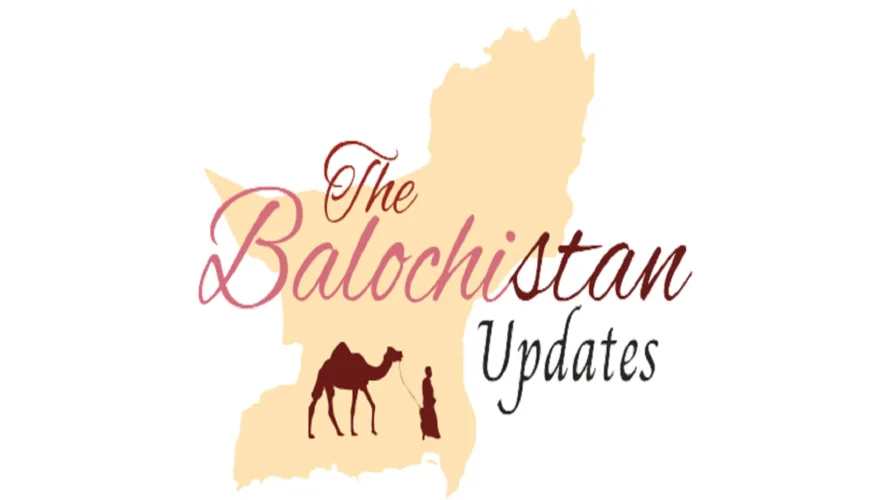Torrential Rain in Quetta and Other Districts Ravage Balochistan: Emergency Response Underway
Introduction:
Torrential rain in Quetta has unleashed chaos in Balochistan, affecting 28 districts of the province, including major cities like Quetta, Gwadar, and Turbat. The Balochistan’s Deluge Management Authority (DMA) has issued directives to district and municipal bodies to remain vigilant in the face of this unfolding natural calamity.
Impact of the Rain in Quetta and other districts:
The relentless rainfall has caused widespread flooding in various areas, notably in Zahran, Sisdi, Chur, and adjacent regions of the Makran Division. Communication routes have been inundated, hampering travel and access to essential services.
Tragically, the severe weather has claimed lives, including two individuals who perished due to sky lightning in Pishin. The victims were identified as a father and son, adding to the toll of eight lives lost so far in the province. Additionally, numerous cattle have perished in the deluge, particularly in the Saranan area of Balochistan.
Regional Impact and Response:
The impact of the Western weather system extends beyond Balochistan, affecting border regions with Pakistan’s neighbors, Afghanistan, and Iran. In response to the urgent needs of the affected populace in Gwadar, the Balochistan government has received emergency aid from the King Salman Relief Center.
This assistance includes 873 tons of essential food items and 9,000 food packages, benefiting approximately 63,000 victims, and aimed at alleviating their nutritional requirements amidst the calamity.
Weather Forecast and Preparedness Measures:
With the anticipation of further rain in Quetta and other parts of Balochistan and the possibility of snowfall on mountainous terrain until March 13, the Provincial Disaster Management Authority (PDMA) has issued directives to maintain readiness by deploying heavy machinery for rainwater drainage and the upkeep of vital communication channels.
The Department of Meteorology has confirmed the ingress of the western wind system into Balochistan from both the south and north, underscoring the ongoing risk of adverse weather conditions in the region.
Conclusion:
As communities grapple with the aftermath of this natural disaster, coordinated responses, and proactive measures remain imperative to safeguard lives and mitigate further devastation in affected areas.
The concerted efforts of government agencies, relief organizations, and local communities are crucial in ensuring timely aid and support to those most in need.
FAQs:-
Q1: How severe is the current rain in Quetta and flooding in Balochistan?
A: The rain in Quetta and flooding in other districts of Balochistan, are severe, causing widespread damage and disruption.
Q2: What assistance is available for those affected by the rains in Balochistan?
A: Emergency aid, including food and shelter, is being provided by the government and relief organizations to help those affected by the rains in Balochistan.
Q3: Which areas in Balochistan are most affected by the heavy rains and flooding?
A: Quetta, Gwadar, Turbat, and Pishin are among the areas hardest hit by the heavy rains and flooding in Balochistan.
Q4: How can individuals and communities prepare for future rains and natural disasters in Balochistan?
A: Preparedness measures like creating emergency plans and ensuring proper drainage can help individuals and communities in Balochistan mitigate the impact of future rains and natural disasters.
Q5: What is the role of the Provincial Disaster Management Authority (PDMA) in responding to weather-related crises in Balochistan?
A: The Provincial Disaster Management Authority (PDMA) plays a crucial role in coordinating emergency response efforts during weather-related crises in Balochistan.
The PDMA is responsible for coordinating rescue operations, distributing aid, and providing support to affected communities due to rain in Quetta and other affected parts. Additionally, the PDMA works closely with other government agencies, relief organizations, and local authorities to ensure a swift and effective response to emergencies.


